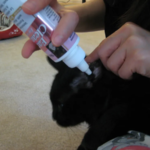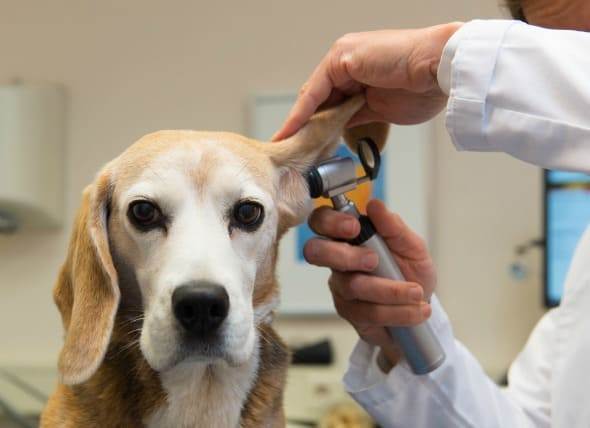
Many of our companion animals get ear infections. Usually it’s the results of bacteria or yeast and sometimes a mix. There are other infections such as ear mites, but many of today’s commonly used flea/tick medications kill mites.
This article is a review of yeast infections, why they occur, pre-disposing factors, treatments and ways to prevent or reduce recurrence.
Yeast loves growing in dark, damp environments. If you picture a floppy dog ear, which is often dark and can be damp, it’s the perfect housing situation if you are yeast looking for a place to call home!
Pre-disposing factors:
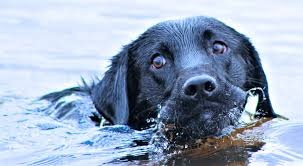
Dogs that are bathed a lot or swim are additionally at risk if the water isn’t dried out after it sits in the ear canal. In some instances, our patients have generically narrowed ear canals that traps organisms inside the canal and makes an infection more difficult to treat and clean out.
So there are also many instances where dogs that don’t swim or don’t get bathed often still get yeast infections. Water and swimming, however, is still a pre-disposing factor.
Treating Yeast Otitis (ear infections)
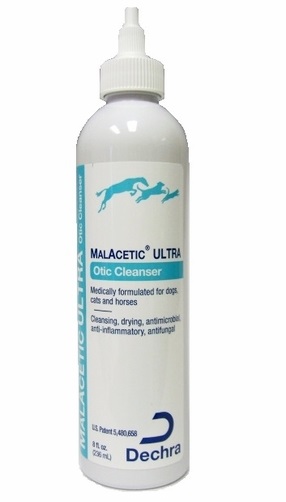
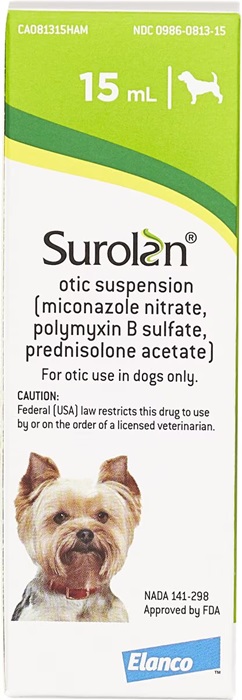
Treatment includes daily cleaning with an acidifying and drying agent that your veterinarian can prescribe and medicating with an anti-fungal often topically into the ear canal.
The cleaning is essential as the irritated glands of infected ears produce a lot of wax. Wax acts as a protective barrier over organisms and makes it hard for the medication to penetrate the yeast and kill or slow down replication enough for the infection to clear.
The first step is cleaning the canals with a cleaner. There are several good products that your veterinarian can use. Some even have antifungals in them.
The second step involves medicating the ear 1-2 times a day with an anti-fungal such as miconazole or clotrimazole.
Diagnosing and Rechecks
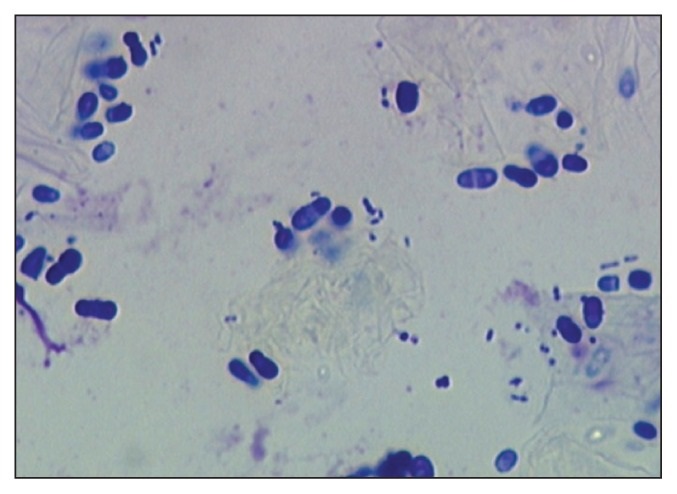
To know that yeast is the causative agent, your veterinarian will likely look at your dog’s ear secretions on a slide (called ear cytology) to visualize the infectious organisms. More than 1 yeast across every 2.5 fields is suggestive of an infection or overgrowth.
After treating the ears for a period of time, your veterinarian will often recheck the cytology to ensure the infection is improving or resolved. This is crucial as many of us see our dog’s symptoms improve and assume the infection is gone, when really it’s just better.
If we stop treatment before resolution, in a short period of time the remaining yeast will bud and produce a high number all over again. Then it’s back to the very beginning!
Prevention
While some dogs will have many infections over the course of their lives, ear cleaning every 1-2 weeks with an acidifying and drying agent will make it harder for yeast to set up shop. It is also good practice to do this after bathing or a swim.
Some owners think alcohol, peroxide and a host of other solutions may work well. Use caution and try to stick with veterinary products that your veterinarian recommends. Alcohol and peroxide can string quite a bit and may be very painful for your dog especially if the canals are already irritated. peroxide also delays healing.
With some precautions and regular cleaning, you may help your furry friend reduce recurrences of yeast infections in their ears!
